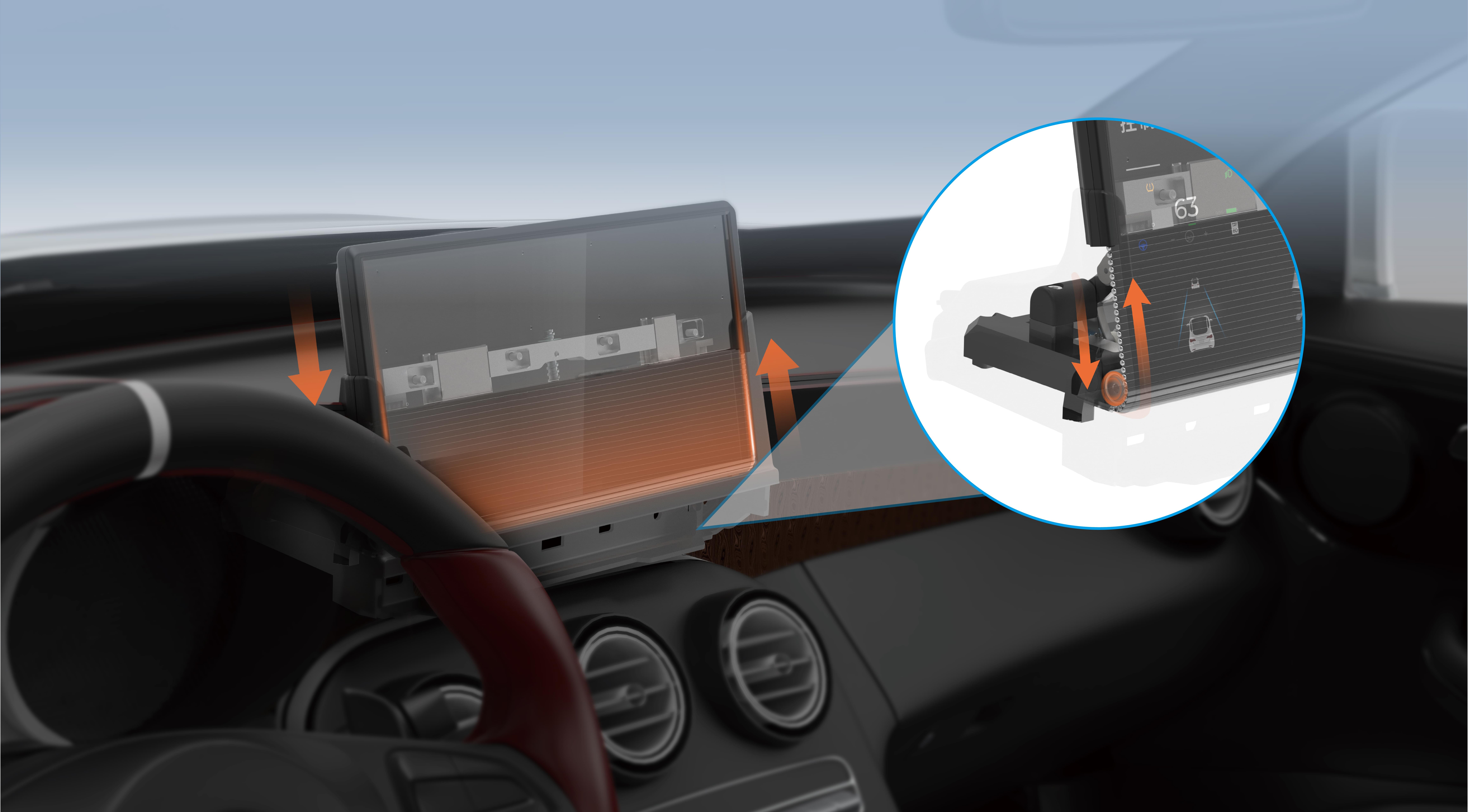In the bustling realm of modern machinery and robotics, efficiency and versatility reign supreme. Among the myriad of components that make this possible, the right angle DC gear motor stands out as a powerhouse of innovation and practicality—a true marvel that seamlessly combines compact design with formidable torque. Whether it's used in robotics, conveyor systems, or medical devices, this specific type of gear motor has garnered attention for its unique ability to deliver high performance within tight spaces.

Understanding the Core: What Is a Right Angle DC Gear Motor?
At its core, a right angle DC gear motor is a specialized motor that features a gear reduction system oriented at a 90-degree angle to the motor shaft. Unlike traditional inline motors where the output shaft aligns directly with the motor, this configuration redirects rotational motion perpendicularly, usually through a gearbox and an output shaft mounted at a right angle.
This design isn't just about spatial convenience. It plays a pivotal role in applications where space constraints demand a more compact and flexible layout. The gearing reduces the rotational speed of the motor while amplifying torque, ensuring that even small motors can power heavy loads efficiently—a critical factor in robotics and automation.
Deep Dive into Mechanics and Design
The heart of a right angle DC gear motor comprises several critical components working in harmony:
DC Motor: The power source that converts electrical energy into rotational motion. Typically, these motors are brushless or brushed DC motors, each with their advantages. Brushless motors tend to offer higher efficiency and longer life, making them preferable in high-demand applications.
Gearbox: The gear assembly reduces the motor’s high rotational speed to a more manageable and useful output. Gears used can vary from spur gears, helical gears, to planetary gears, each providing different levels of efficiency, noise reduction, and torque capacity.
Output Shaft: Mounted at a 90-degree angle, the shaft transmits the reduced rotational power to the device or mechanism needing movement or actuation.
Housing: Encases the entire mechanism, protecting against dust, moisture, and physical shocks. The housing’s design also influences heat dissipation and noise levels.
The combination of these components results in a compact, robust, and efficient motor system capable of meeting demanding performance requirements.
Why Choose a Right Angle DC Gear Motor?
The decision to incorporate a right angle DC gear motor into your project or machinery hinges on numerous advantages worth considering:
Space Optimization: Perfect for environments with limited space, these motors fit into tight corners and complex assemblies where straight motors wouldn’t.
High Torque Output: Gear reduction allows small motors to generate significant torque, ideal for applications involving heavy loads or precise control.
Versatile Mounting Options: Many models come with multiple mounting configurations, making integration straightforward and adaptable.
Smooth Operation: Quality gear trains significantly reduce vibration and noise, contributing to quieter operation—a benefit for medical or consumer electronics.
Energy Efficiency: Modern gear motors are designed to operate with minimal power loss, ensuring energy-efficient performance over long periods.
Durability and Longevity: High-quality gears and motors are built to withstand continuous operation, making them suitable for industrial uses.
Applications Across Industries
The broad appeal of right angle DC gear motors stems from their flexibility and performance. Here are some key sectors where they shine:
Robotics: From articulated arms to mobile robots, these motors enable precise movements in confined spaces, facilitating tasks from assembly to exploration.
Industrial Automation: Conveyor systems, packaging machinery, and material handling equipment rely on these gear motors for their dependable torque and compact form.
Medical Devices: Compact surgical robots, laboratory automation tools, and diagnostic equipment utilize right angle gear drives for precise control under space limitations.
Automotive: They’re employed in power seats, windshield wipers, and adjustable mirrors, where space-saving and strength are crucial.
Consumer Electronics: Focus on home automation devices, camera gimbals, and smart appliances that require small, efficient motors.
The evolution of right angle DC gear motors continually pushes the boundaries of what's possible, combining technical sophistication with practical utility.
Stay tuned for Part 2, where we'll explore the latest technological advancements, selection criteria for getting the right motor, and future trends shaping this exciting field.
Leveraging innovations in modular drive technology, Kpower integrates high-performance motors, precision reducers, and multi-protocol control systems to provide efficient and customized smart drive system solutions.




































